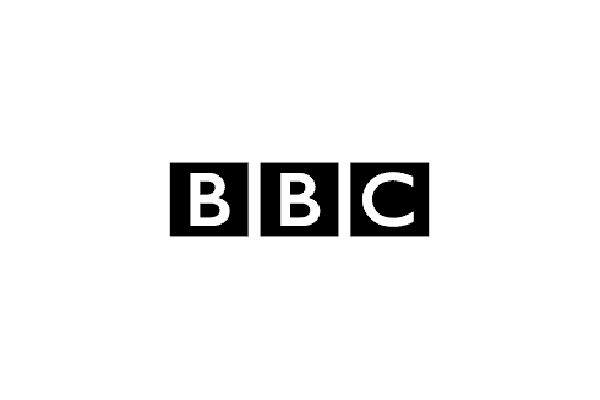These have no fixed repayment date, although you’ll have to agree to pay the money back within a certain period, most commonly a year. Within that period, you can decide how much to pay off and when you’ll pay it. The loan can be repaid whenever your funds become available without an early repayment charge, for instance, when your house sells or your inheritance probate clears. These tend to charge higher interest rates because they are riskier for the lender.
- >
- Bridging Loans>
- Bridging loans for house purchases
Compare bridging loans for house purchases
Bridge the gap between buying and selling a home
What is a bridging loan for house purchase?
Bridging loans are ways of getting a lot of cash, quickly, to "bridge the gap" between buying something and getting the money to pay for it.
This might be a property coming up at auction - where you need to pay within 28 days (or 56 days with the modern method of auction), but your mortgage will take longer to fully arrange. Another example is if your property buyer falls through but you need to complete your onward purchase or you’ll lose the property.
Bridging loans are generally secured on a property or several properties – although they can be secured against other kinds of assets.
The key thing to note is that while you can take them out relatively quickly, and pay them back early without penalty in many cases, they are an expensive way to borrow long term.
Types of bridging loan for house purchase
Open bridging loan
These have no fixed repayment date, although you’ll have to agree to pay the money back within a certain period, most commonly a year. Within that period, you can decide how much to pay off and when you’ll pay it. The loan can be repaid whenever your funds become available without an early repayment charge, for instance, when your house sells or your inheritance probate clears. These tend to charge higher interest rates because they are riskier for the lender.
Closed bridging loan
These have a fixed cut-off based on a date when you know you will have the funds required to pay back what you owe. Closed bridge loans usually last for up to 12 months. You’ll usually have to pay a penalty fee if you miss the deadline. These loans are typically cheaper than open bridging loans because they present less risk to the lender.
Types of bridging loan for house purchase
Open bridging loan
Closed bridging loan
These have a fixed cut-off based on a date when you know you will have the funds required to pay back what you owe. Closed bridge loans usually last for up to 12 months. You’ll usually have to pay a penalty fee if you miss the deadline. These loans are typically cheaper than open bridging loans because they present less risk to the lender.
What to do before taking a bridging loan
Before you take out a bridging loan, you must make sure you have a realistic exit strategy for the loan repayment. Without this, you could get stuck with an expensive loan or penalty fees for missing your repayment date.
Common exit strategies include:
The sale of a property – for instance, if you are waiting for the sale of your existing home to go through
Refinancing to a residential or buy-to-let mortgage - for instance, if you can’t get a high street mortgage offer in time
Cash from another source – for instance, an inheritance, a divorce, or money locked away in a savings account
How and when you repay the loan depends on your circumstances and the type of bridging loan you have. You can find out more about repaying the loan here.
Finally, before you apply, consider seeking independent financial advice. This could help determine if a bridging loan is the right option for you; otherwise, you could end up with an expensive financial burden and negatively affect your credit record.
Source: Bridging Trends report, Q4 2024
How to find the right bridging loan for a house purchase
Before you look for a loan to buy a house, it's useful to know:
The amount you need to borrow: Work out how much you need by calculating the cost of the property, minus the cash you have available
Loan term: Think about how long you need the loan for. The longer the term, the more it will cost you overall in interest
If you have a mortgage: This will affect the type of bridging loan you can choose – for example, a first charge or second charge loan
The value of the property you want to buy: This will determine your loan-to-value, which limits how much you can borrow
Your exit strategy: Outline how you will repay the loan
Once you know all this information you are ready to look for a bridging loan to buy a house.
How to compare bridging loans for house purchase
About your home
A bit about what you need
View your options
Consider the extra costs
Before you decide to take out a bridging loan, it’s important to understand all the additional costs and charges. These can be significant, so make sure you factor them into your affordability calculations.
Arrangement fees: Are charged by the lender. They are typically 1% to 2% of the loan amount
Legal costs: Some lenders require you to pay their solicitors' costs in addition to yours
Exit fees: Can be charged when you pay the loan back. Typically these are around 1% of the loan
Valuation fees: For a surveyor to value your property
Broker commission: Fee charged by brokers for arranging the loan
You can find out more information on the fees and charges here.
FAQs
Can I pay the loan back early?
Yes. Bridging loans don’t usually have early repayment charges. However, you may still be charged an exit fee of around 1% of the loan.
Are bridging loan lenders regulated?
Yes, some are regulated by the FCA, but commercial loan providers are exempt from regulation. Some second charge loans, for instance those over £25,000 where more than 50% of the loan is for business purposes, are also not regulated. It’s best to check this before you choose a provider.
Are fixed and variable loans available?
Yes, some providers offer fixed and variable interest rate options. Shop around to get the best deal, and think about how you will afford repayments if interest rates rise.
Will my credit rating be taken into account?
Yes, the lender will likely check your credit score to assess your ability to repay the loan. If you have a poor rating, you may be denied a loan or offered higher interest rates.
Didn't find what you were looking for?
Our most popular loan options:
Other loans you can consider:
Amazing experience even though it…

Got a great savings account from…

Money.co.uk has helped provide the most…










